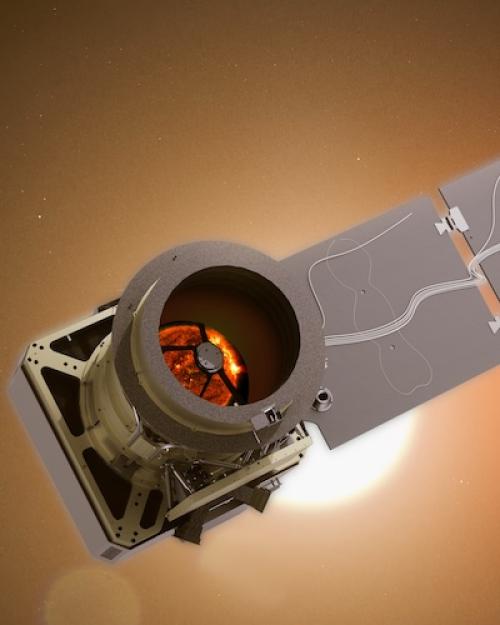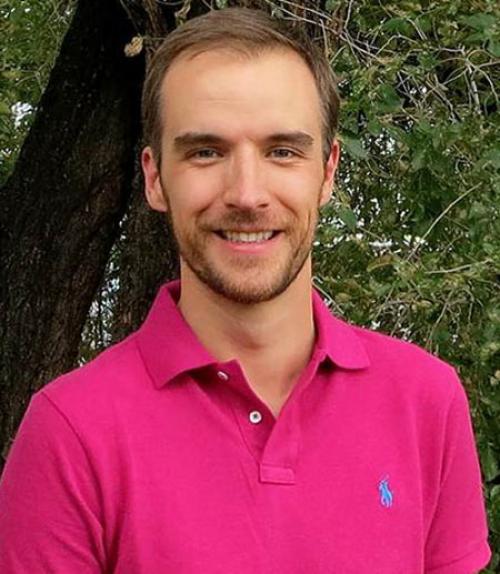Brad Ramshaw, assistant professor of physics, has been awarded the Lee Osheroff Richardson (LOR) Science Prize for 2017. The prize recognizes the novel work of young scientists working in the fields of low temperatures and/or high magnetic fields in the Americas and is administered by Oxford Instruments. The trophy and $8,000 prize will be awarded at the Association for Physical Society’s meeting in March in New Orleans.
The prize is a special honor, said Ramshaw, because his new lab in Clark Hall is in the same basement where Nobel Laureates David M. Lee, Douglas D. Osheroff, and the late Robert C. Richardson (for whom the prize was named) did their ground-breaking work. “I am continually reminded of and humbled by their legacy in low-temperature physics,” he said. “Their work also reminds me that science is a collaborative effort, and I want to thank the mentors and colleagues who have made these experiments possible and who have immeasurably influenced my approach to science.”
The prize committee noted that Ramshaw is “one of the most gifted young experimentalists currently active in the field of strongly correlated electron systems.” His technical contributions to condensed matter physics have focused on improving measurement techniques for pulsed magnetic fields up to 100 Tesla, and on improving resonant ultrasound spectroscopy for low-temperature applications. He has applied these techniques to solve significant problems in both high-temperature and unconventional superconductivity.
The technique developments made by Ramshaw have had an impact beyond his own research. He has taken part in many collaborative research projects, including the investigation of 2-D electrons in graphene and oxide heterostructures, symmetry breaking in heavy Fermions, and unconventional thermodynamics in topological semimetals.
Ramshaw’s most recent technique advancement, for which he was awarded a $430,000 development grant at Los Alamos National Labs, was the design and construction of an all-digital pulse-echo ultrasound apparatus. This has increased the relatively small number of thermodynamic probes available in these extreme magnetic fields, and will be particularly helpful for studying phase transitions in metals where magnetization signals can be swamped by noise and transport signatures are difficult to interpret.
More information on the LOR Prize can be found here.




